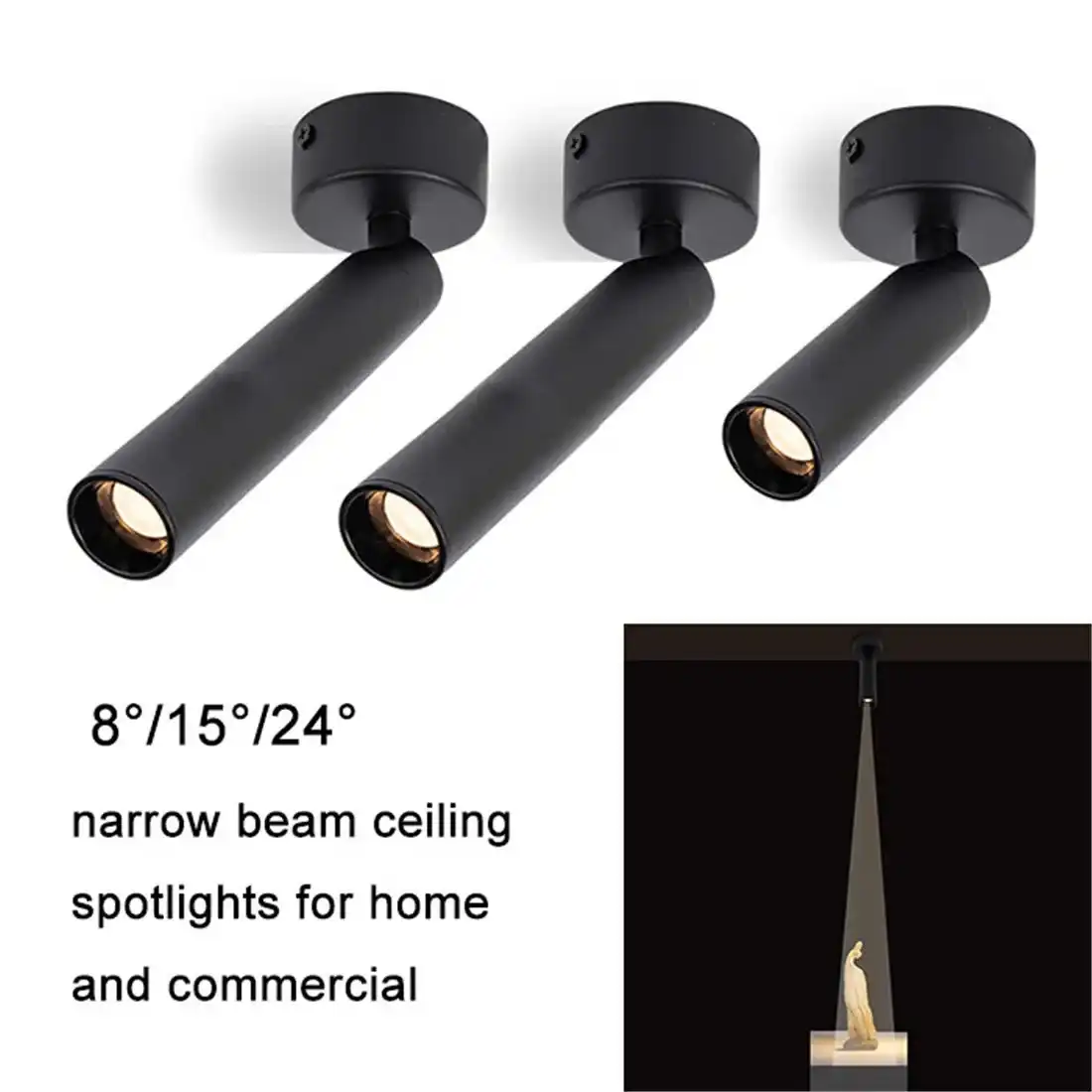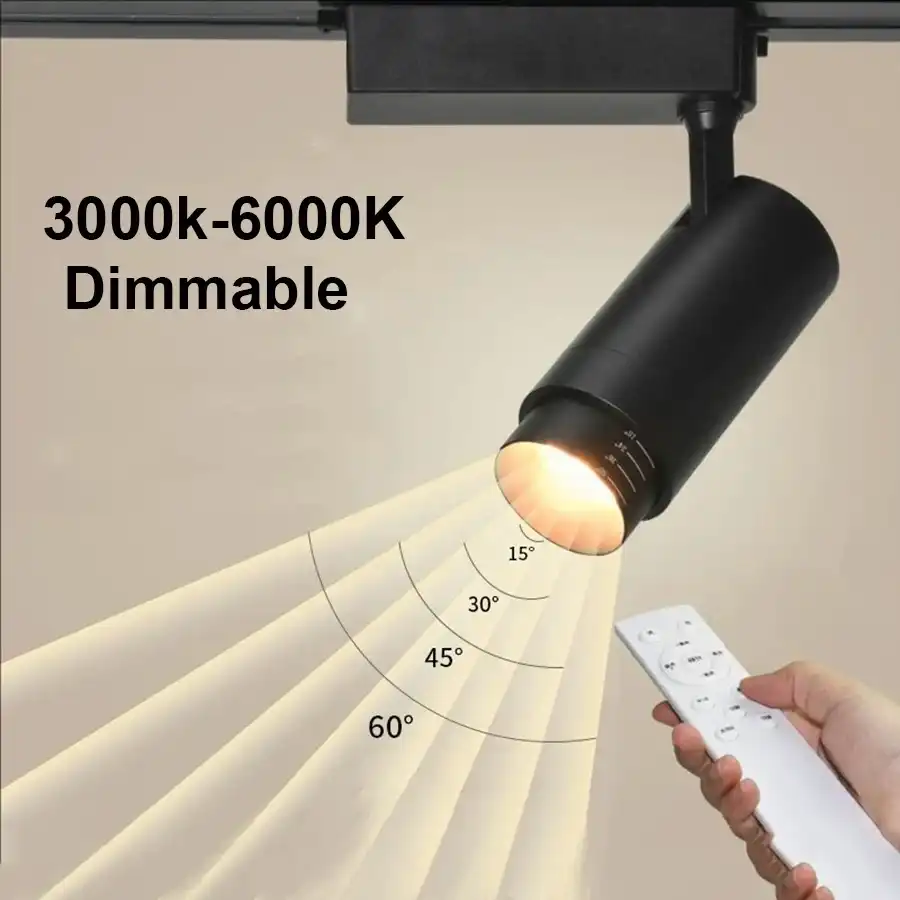How to hide wires for linear cove lighting?
Hiding wires for linear cove lighting is crucial for achieving a clean, professional look in your space. The most effective method involves creating a recessed channel in the wall or ceiling to conceal the wiring. This can be done by cutting a shallow groove along the desired path of the linear lights, then running the wires through it. Once the wires are in place, cover the channel with drywall compound and sand it smooth. Alternatively, you can use wire molding or raceways that blend with your wall color to camouflage the wires. For a more integrated solution, consider installing a false wall or dropped ceiling to provide ample space for hiding both the wires and the linear lighting fixtures themselves.
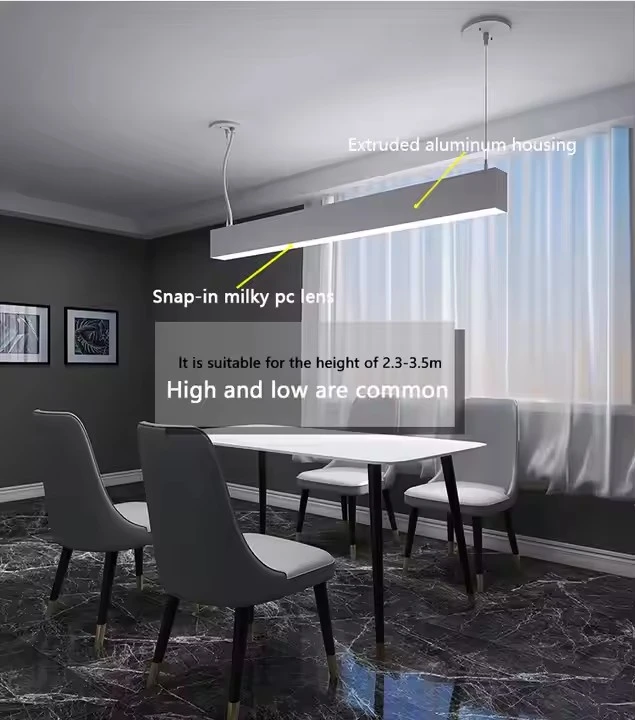
Understanding Linear Cove Lighting and Its Wiring Challenges
Linear cove lighting has become increasingly popular in modern interior design, offering a sleek and sophisticated way to illuminate spaces. These elongated light fixtures, often using LED technology, create a soft, indirect glow that can dramatically enhance the ambiance of a room. However, the beauty of linear lights can be marred by visible wiring, presenting a unique set of challenges for installers and homeowners alike.
The Appeal of Linear Lights in Interior Design
Linear lights have revolutionized the way we think about illumination in our living and working spaces. Their versatility allows them to be used in various applications, from highlighting architectural features to providing task lighting in kitchens and offices. The uniform light distribution of linear fixtures creates a seamless look that can make rooms appear larger and more cohesive.
One of the key advantages of linear cove lighting is its ability to create layered lighting schemes. By tucking these fixtures into coves or recesses, designers can achieve a soft, diffused light that complements other lighting sources in the room. This layered approach not only enhances the visual appeal of a space but also allows for greater control over the lighting atmosphere.
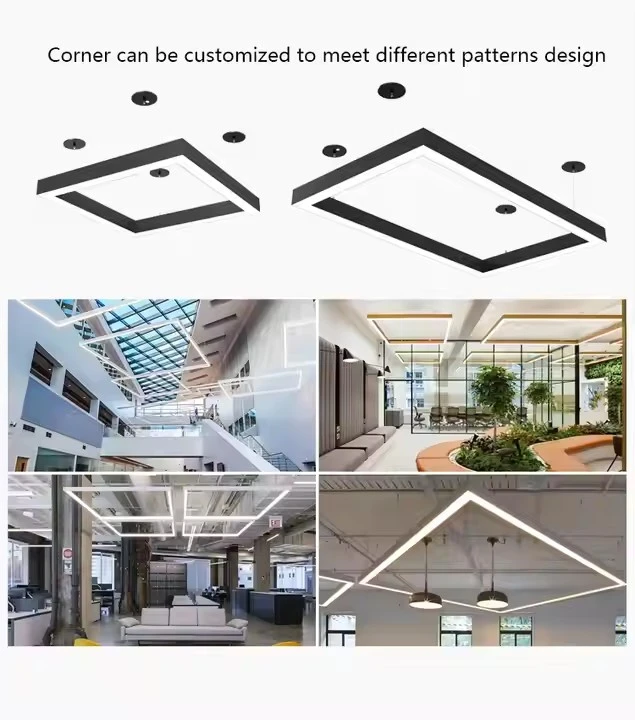
Common Wiring Issues with Linear Cove Lighting
Despite their aesthetic benefits, linear lights present several wiring challenges that need to be addressed for a polished installation:
- Visible Cables: The long, continuous nature of linear fixtures means that there's often a significant length of wiring that needs to be concealed.
- Power Supply Placement: Linear LED lights typically require drivers or power supplies, which can be bulky and difficult to hide.
- Connection Points: Multiple linear segments may need to be connected, creating potential eyesores at junction points.
- Wall and Ceiling Integrity: Running wires often requires making cuts or channels in walls or ceilings, which must be done carefully to maintain structural integrity.
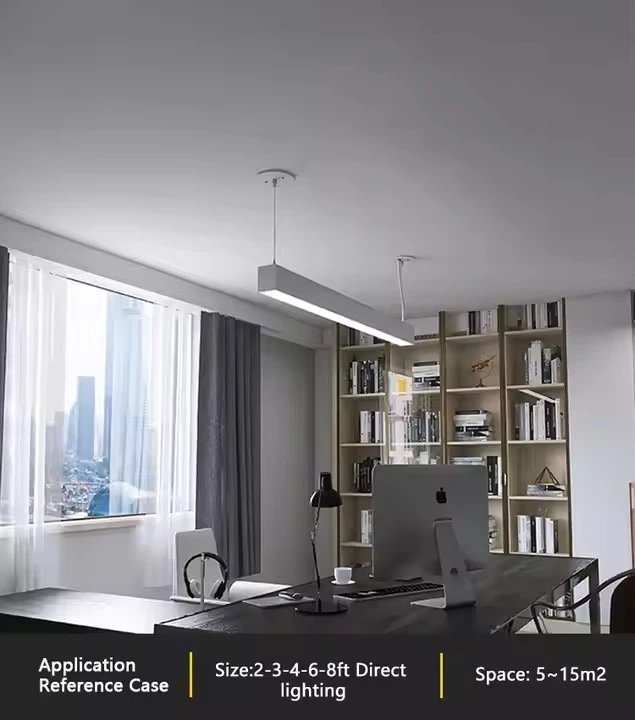
Innovative Techniques for Concealing Wires in Linear Cove Lighting
To maintain the sleek appearance of linear cove lighting, several innovative techniques can be employed to hide unsightly wires. These methods range from simple DIY solutions to more complex architectural modifications.
Recessed Channels and Grooves
Creating recessed channels is one of the most effective ways to hide wires for linear lights. This method involves cutting a shallow groove in the wall or ceiling along the path where the lighting will be installed. The process typically includes:
1. Marking the path of the linear lighting fixture
2. Using a drywall saw or router to cut a channel slightly wider and deeper than the wires
3. Running the wires through the channel
4. Covering the wires with a thin layer of drywall compound
5. Sanding and painting to match the surrounding surface
Architectural Solutions: False Walls and Dropped Ceilings
For more extensive linear lighting projects, architectural solutions like false walls or dropped ceilings can provide ample space for hiding both wires and fixtures. These methods involve creating a new surface a short distance from the existing wall or ceiling, allowing for:
- Easy installation and access to wiring
- Incorporation of insulation for better energy efficiency
- Integration of other systems like HVAC or audio equipment
While more labor-intensive, these solutions offer the most flexibility and can dramatically transform a space, making it ideal for both new constructions and major renovations.
Surface-Mounted Concealers and Raceways
For situations where cutting into walls isn't feasible, surface-mounted solutions can be effective:
- Wire Molding: Plastic or metal channels that attach to the wall surface and can be painted to match
- Cable Raceways: Larger conduits that can house multiple wires and even power supplies
- Decorative Covers: Custom-designed covers that complement the room's decor while hiding wires
These options are particularly useful in rental properties or historical buildings where structural modifications are not allowed.
Best Practices for Wire Management in Linear Cove Lighting Installations
Proper wire management is crucial not only for aesthetics but also for the safety and longevity of your linear cove lighting installation. Following best practices ensures a clean, professional look while meeting electrical codes and standards.
Planning and Preparation
Before beginning the installation, thorough planning is essential:
- Create a detailed layout plan, including the exact locations of linear lights, power supplies, and switches
- Calculate the total power requirements to ensure your electrical system can handle the load
- Choose the appropriate wire gauge based on the length of the run and power needs
- Select high-quality, UL-listed components that are compatible with your linear lighting system
Professional Installation Techniques
While some homeowners may opt for DIY installation, hiring a professional electrician can ensure that the job is done safely and efficiently. Professional installers typically follow these steps:
1. Turn off power to the circuit at the main breaker
2. Use fish tape to guide wires through walls or ceilings when necessary
3. Secure wires at regular intervals to prevent sagging or damage
4. Use junction boxes for connections, ensuring they remain accessible for future maintenance
5. Label wires and create a wiring diagram for easy troubleshooting
Professional installation not only ensures safety but can also provide a warranty for the work performed.
Maintenance and Troubleshooting
Even with careful installation, maintenance is key to the longevity of your linear cove lighting:
- Regularly inspect visible parts of the system for any signs of wear or damage
- Keep a copy of the wiring diagram and product manuals for reference
- Clean fixtures and surrounding areas to maintain optimal light output
- Address any flickering or dimming issues promptly, as these can indicate wiring problems
By following these best practices, you can ensure that your linear cove lighting remains both beautiful and functional for years to come.
Conclusion
Hiding wires for linear cove lighting is a crucial step in creating a polished, professional look in any space. By understanding the challenges, employing innovative concealment techniques, and following best practices for installation and maintenance, you can achieve stunning results with your linear lighting projects. Whether you opt for recessed channels, architectural solutions, or surface-mounted options, the key is careful planning and execution.
Remember, while some methods can be DIY-friendly, complex installations often benefit from professional expertise to ensure safety and compliance with electrical codes. For more information on linear lights and expert guidance on your lighting projects, don't hesitate to reach out to us at sales@uskyled.com.
References
1. Johnson, E. (2021). "The Art of Concealment: Innovative Techniques for Hiding Wires in Modern Lighting Design." Architectural Lighting Magazine, 45(3), 78-85.
2. Smith, A. & Brown, T. (2020). "Linear Cove Lighting: Installation Best Practices and Wire Management." Electrical Contractor, 82(9), 102-110.
3. Lee, S. (2022). "Architectural Solutions for Integrating Linear Lighting Systems." Journal of Interior Design, 37(2), 215-230.
4. Williams, R. (2019). "Safety First: Electrical Considerations in Linear Cove Lighting Installations." Professional Electrician, 56(4), 45-52.
5. Chen, L. & Davis, M. (2023). "The Impact of Proper Wire Concealment on Energy Efficiency in LED Linear Lighting." Energy and Buildings, 278, 112589.

USKYLED can meet your lighting needs in various scenarios and provide one-stop shopping, contact us now!
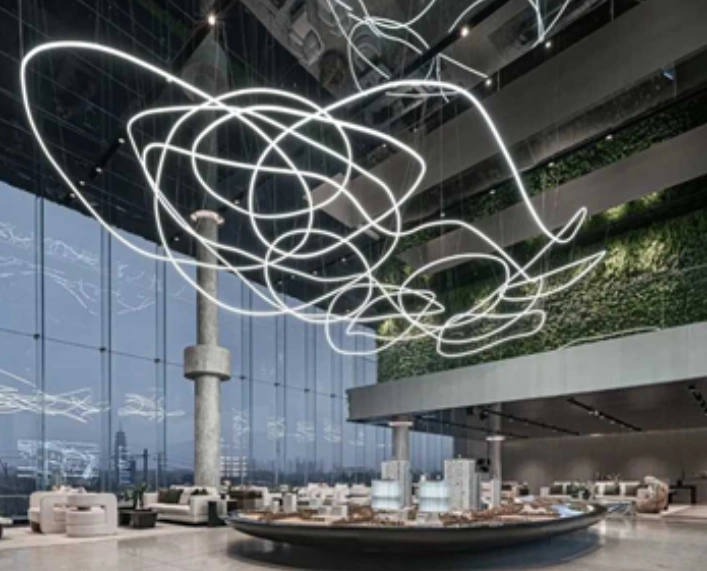
Why You Should Choose USKYLED?
![What is Dimmable Track Lighting for Museum: Best Guide [2025]](/icms/upload/0d08cc601e7611f0b542b3ca0c0f4a83/pic/knowledgemanager-knowledgepic/e7879f32605f11f081911f363b8c1ed0/Directory/20250717 dimmable track lighting -1(1)_1752739217941.webp)
